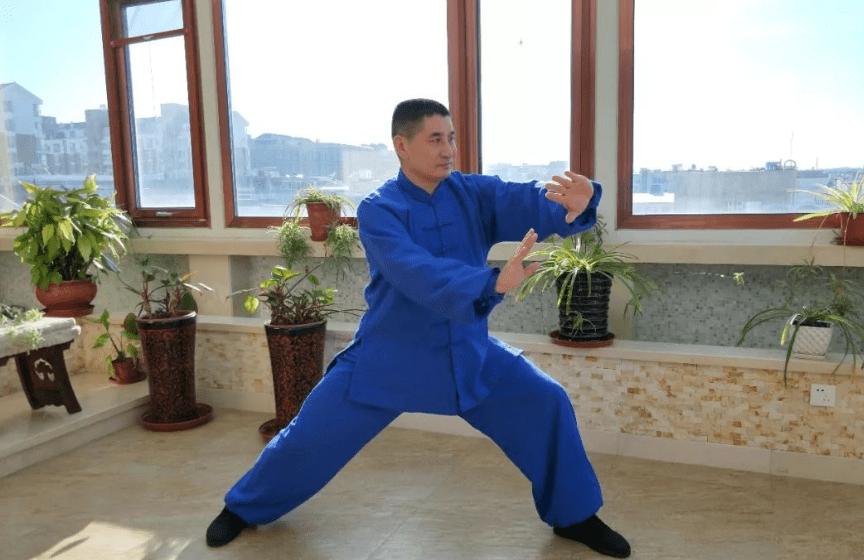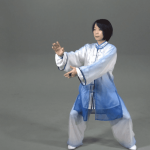Tai Chi: This traditional Chinese martial art, beloved by many, is not just a method of self-defense but also a means of self-cultivation and nurturing. Tuy nhiên, many people are unable to learn Tai Chi under the guidance of a coach due to time and space constraints. Vì thế, learning Tai Chi at home seems the only way to go, here are the tips when you start learning.

How to start learning Tai Chi at home
I. Basic Skill Practice
Learning Tai Chi starts with basic skills, which are the foundation of mastering Tai Chi. These fundamental exercises include training in flexibility, strength, balance, and coordination. When self-learning Tai Chi at home, you can practice the following basic skills:
- Standing Posture
- One of the basic skills of Tai Chi and the entry foundation.
- Improves the body’s balance and stability and strengthens the legs and waist.
- Beginners can start with a low horse stance, gradually increasing difficulty, duration, and intensity as their body strengthens.
- Flexibility Training
- Tai Chi requires body flexibility.
- Improve flexibility through simple yoga or gymnastics exercises, meditation, and stretching.
- Strength Training
- Tai Chi requires a certain level of strength.
- Enhance body strength with simple exercises like half squats, deep squats, and push-ups.
II. Learning Tai Chi Routines
On the basis of basic skill practice, you can start learning Tai Chi routines. There are many types of Tai Chi routines, and beginners can start with simple basic routines, such as “Beginning Style,” “Cloud Hands,” Và “Grasp the Sparrow’s Tail.” When learning Tai Chi routines, pay attention to the following points:
- Accuracy of Movements
- Tai Chi movements require high accuracy, with each movement having specific meanings and key points.
- Focus on the details and essentials of each movement to ensure accuracy and standardization.
- Continuity and Smoothness
- Tai Chi requires movements to be continuous and smooth.
- Pay attention to the connection and transition between movements.
- Ensure each movement is performed correctly for the entire routine to be natural and fluid.
- Coordination with Breathing
- Tai Chi requires coordination between breathing and movements.
- Coordinate your breathing—making it natural, deep, long, and soft—with your movements to achieve better fitness effects.
III. Points to Note
When self-learning Tai Chi at home, keep the following points in mind:
- Safety First
- Learning Tai Chi requires caution and safety.
- Pay attention to the difficulty and intensity of movements to avoid injuries.
- Ensure guidance and protection, especially when performing high-difficulty movements.
- Perseverance
- Learning Tai Chi requires consistent practice.
- Only through long-term practice can you grasp the essence and techniques of Tai Chi.
- Create a reasonable practice plan and stick to it.
- Be Good at Summarizing
- Regularly summarize the key points and difficulties of each movement.
- Reflect on the issues and shortcomings encountered during practice.
- Continuously summarizing experiences and lessons helps you better master Tai Chi techniques and improve your level.



